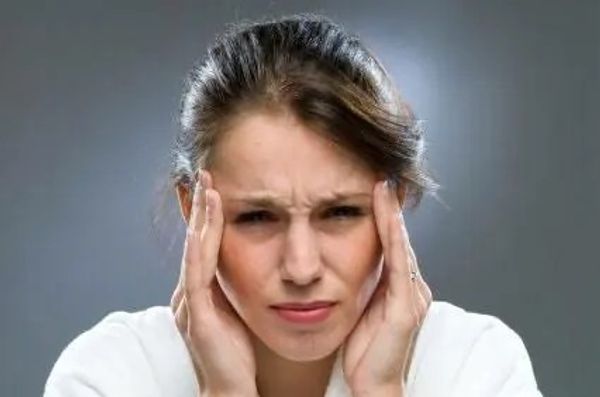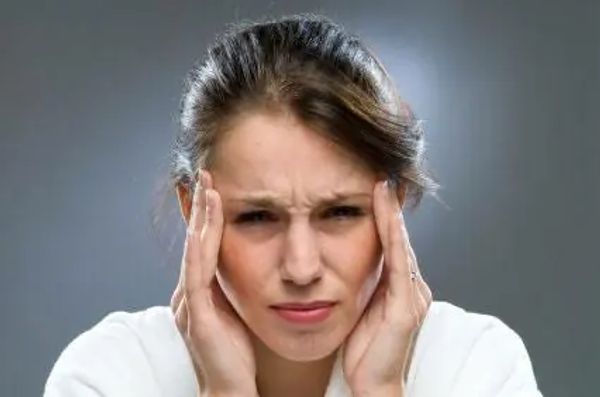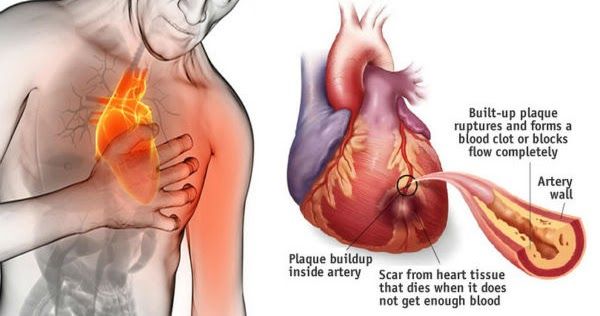Headaches can be a real pain, quite literally! They can be a major cause of missed work or school days and doctor visits. We all experience headaches for different reasons – dehydration, exhaustion, lack of sleep, and more. But did you know that the type of headache you have can actually indicate underlying health issues? Let’s explore the four main types of headaches and their significance.

SINUS HEADACHE:
As the name suggests, a sinus headache is caused by blocked or inflamed sinuses. This can result in pain behind the eyes, nose, and cheeks, especially worsened when bending forward or waking up in the morning. Common causes include sinus infections, allergies, or even tumors. The symptoms of a sinus headache can often be mistaken for a migraine.
Treatment: Stay hydrated by drinking plenty of water, especially warm water which can help open up your sinuses and reduce inflammation. You may also try using hot and cold compresses, have some soothing soup, or even consume fresh ginger, known for its powerful anti-inflammatory and pain-relieving properties.
TENSION HEADACHE:
The tension headache is the most common type of headache. It is characterized by a persistent pressure or discomfort around the head, primarily in the neck, back of the head, or temples. It can also cause a radiating discomfort around the eyes. Tension headaches can last from a few minutes to several days and are often triggered by factors such as sleep deprivation, skipped meals, stress, intense emotions, or alcohol consumption.
Treatment: Create a soothing blend of ginger tea and peppermint oil to relieve the discomfort. Apply a small amount of peppermint oil to your hairline for a cooling effect and to help ease the tension in the muscles of your head and neck. Ginger tea can also help reduce inflammation.
HEADACHE CLUSTER:
This type of headache, which predominantly affects women, tends to be concentrated on one side of the brain and can even spread to one eye. Cluster headaches often occur in cycles, and the pain is described as excruciating. In addition to the intense pain, you may experience watering eyes, a runny nose, or congestion in your nasal passages. The exact cause of cluster headaches is unknown, but it is believed to be triggered by a specific neuronal route in the brain.
Treatment: Try using capsaicin cream, which contains cayenne pepper, as it can help block the nerve pain impulses when applied in a tiny amount to the nostril.
MIGRAINE:
Migraines are more than just headaches. They are complex and involve a wide range of neurological symptoms. While they can occur at any age, migraines are more common between the ages of 25 and 55. The hallmark of a migraine is a severe, throbbing pain on one side of the head. However, in one-third of migraine cases, the pain can be felt on both sides of the head. Other symptoms include sensitivity to light, smell, touch, sound, nausea, dizziness, vomiting, and vision problems. Some people may also experience numbness or tingling in the face, with the symptoms spreading from the top of the head downwards.
Treatment: Studies have shown that incorporating magnesium, vitamin B12 (riboflavin), and omega-3 fatty acids into your diet can be beneficial for migraine sufferers. So be sure to include foods rich in these nutrients to help prevent migraines.






